When you hear the words ‘fine wine’ how often do you think of rosé? For many years, pink wine was thought of as simple, frivolous and gluggable; something to be drunk only in the summertime and generally by women. Not anymore. Helena Nicklin discovers the new breed of Super Provence pinks taking the fine wine world by storm.
The South of France, Provence especially, has done excellent work extolling the virtues of premium rosé wine. Even those who willingly admit they know nothing about grape juice will still pick the palest pink off a shelf because they’ve heard somewhere that ‘pale is best.’ Ten years ago, rosé used to come in all shades of pink from just off water-white to almost red and everything in between with sweetness levels all over the place.
Nowadays, while we can still find the classic, off-dry, vibrant pinks of Anjou or the dark red, savoury pinks of Tavel, winemakers elsewhere around the world have been mimicking the pale, dry, saline style of Provence. It became clear that in a pink sea of confusion, Provençal rosé offered a classy dry wine style that consumers could rely on, no matter who produced it.

Why Provence?
Nearly 90% of wine production in Provence is dedicated to rosé and it is home to a research institute for the style, so it’s little wonder that pink wines from here are meant to be taken seriously. A unique combination of soils, terrain, warm weather and the Mistral wind make this part of France ideal for the production of rosé. Down in this part of the world, they tend to be blends of grapes led by Grenache, CInsault, Syrah and Mourvèdre with some Tibouren and Carignan in places.
What makes a premium rosé so good?
A lot of care and attention is put into the winemaking with premium rosé, where each grape variety, often from each vineyard plot, is vinified separately and tasted before blending so the winemakers have a true ‘artist’s palette’ of aromas, flavours and textures to work with.
These days, there is also more experimentation with wood use during fermentation and ageing or lees stirring (lees are the dead yeast cells left over from fermentation that when left in contact with the wine, produce a creamy texture). The result is elegantly complex, textural pink wines that are not showy, but pack a punch when it comes to levels upon levels of delicate flavours and texture. The best are fantastic, super versatile, food friendly wines that can be enjoyed all year round.
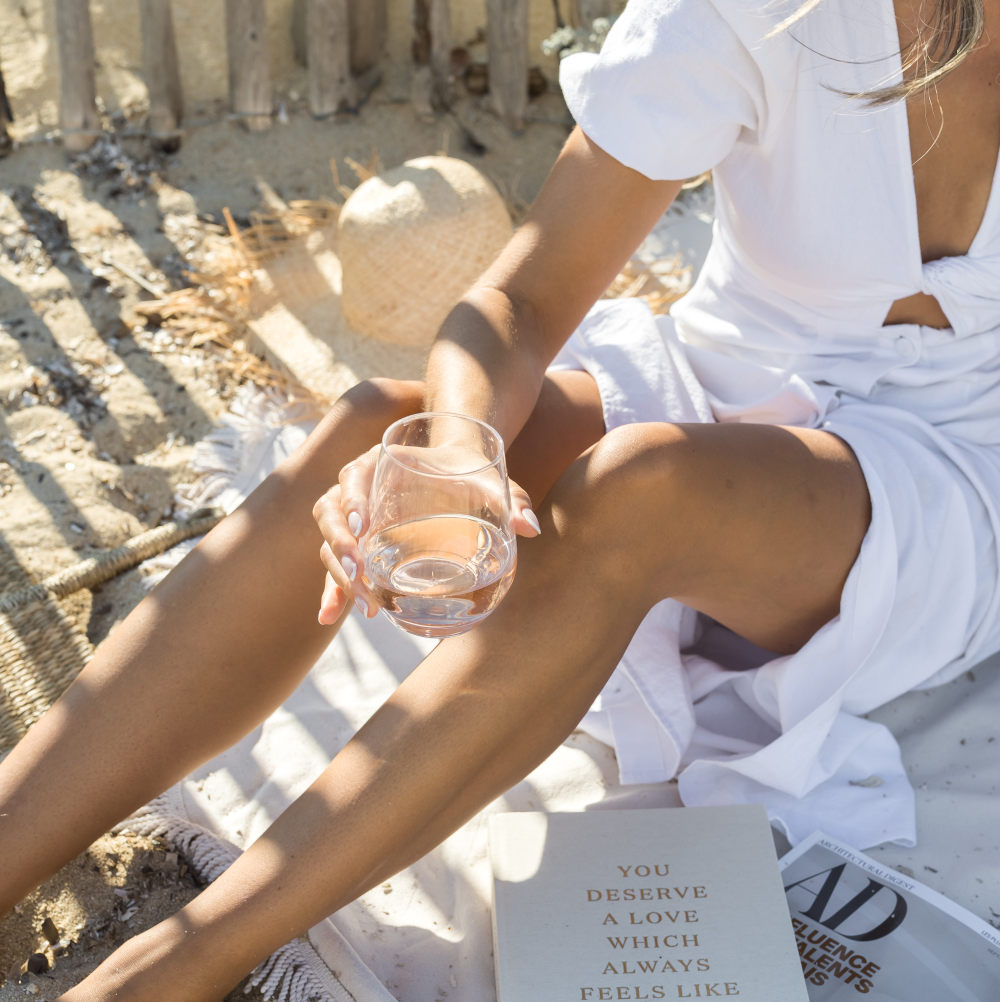
4 iconic French Rosé producers to seek out
Château Galoupet
Despite being around for decades, Château Galoupet has had a new lease of life thanks to its recent purchase and regeneration by Jessica Julmy who had the vision to create premium wine expressions from the sixty nine hectares of vineyard that are set within seventy seven hectares of totally wild woodland overlooking the islands on the French Riviera.
Her goal has been to create a biodiverse sanctuary that is as sustainable as possible at every level of the winemaking process, including using an amber bottle made from 70% recycled glass, which is 271g lighter than an average bottle for rosé. The vines are in the process of becoming organic and the woodland is also home to one of only twelve queen bee fertilization stations in the whole world. The honey produced here, needless to say, is as extraordinarily good as the wine.
Try: Château Galoupet Cru Classé Rosé 2021
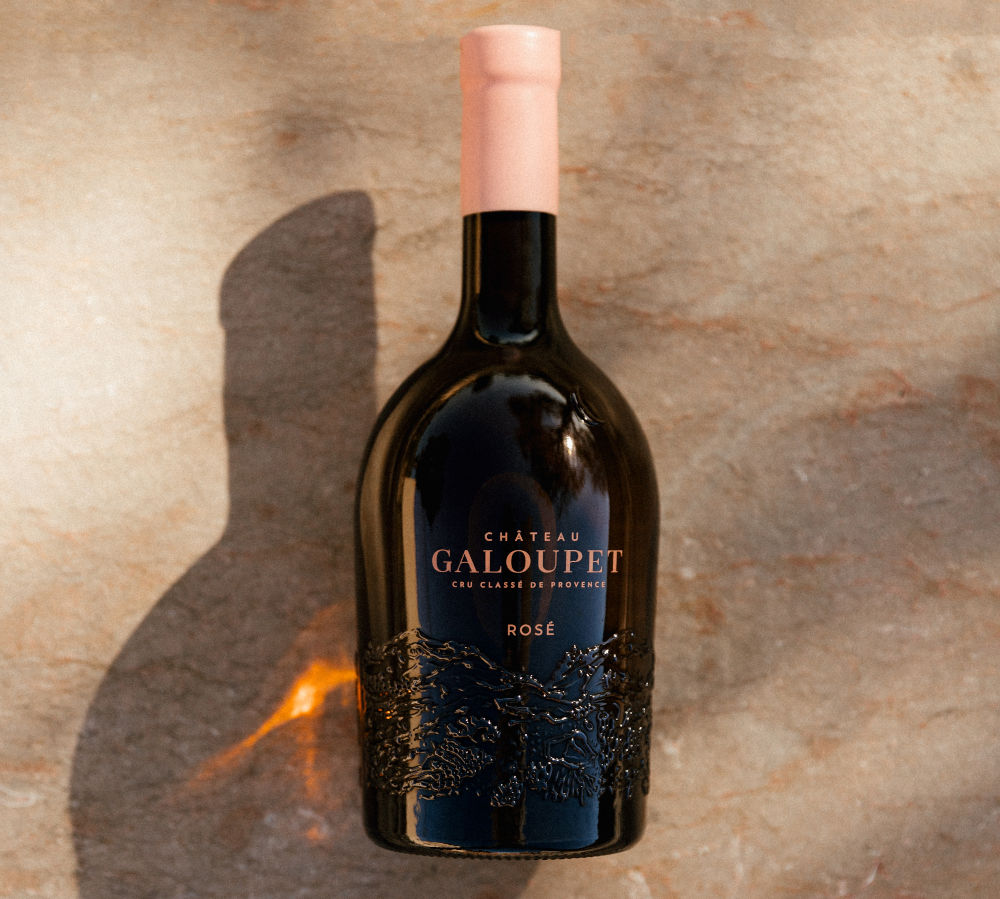
Galoupet’s top wine is a ‘Cru Classé de Provence’, which is an accolade that celebrates terroir and winemaking as well as the practices that are used in the vineyard. The 2021 is only the second vintage since the new ownership and it showcases a style unique to the domaine: The 2021 is mostly Grenache-based, with Syrah, Tibouren, Rolle (Vermentino), Cinsault and a smidgen of Mourvèdre, Cabernet and Sémillon, all grown over forty-one individual plots.
The result is a wine that offers a crisp minerality balanced by a textural creaminess, delicate floral notes and subtle flavours of white peach and strawberry. With its textured bottle and pink wax dip, you’ll want to keep it forever, even when empty!
Find it for £46 from Clos19.com.
Also try: Galoupet Nomade 2021
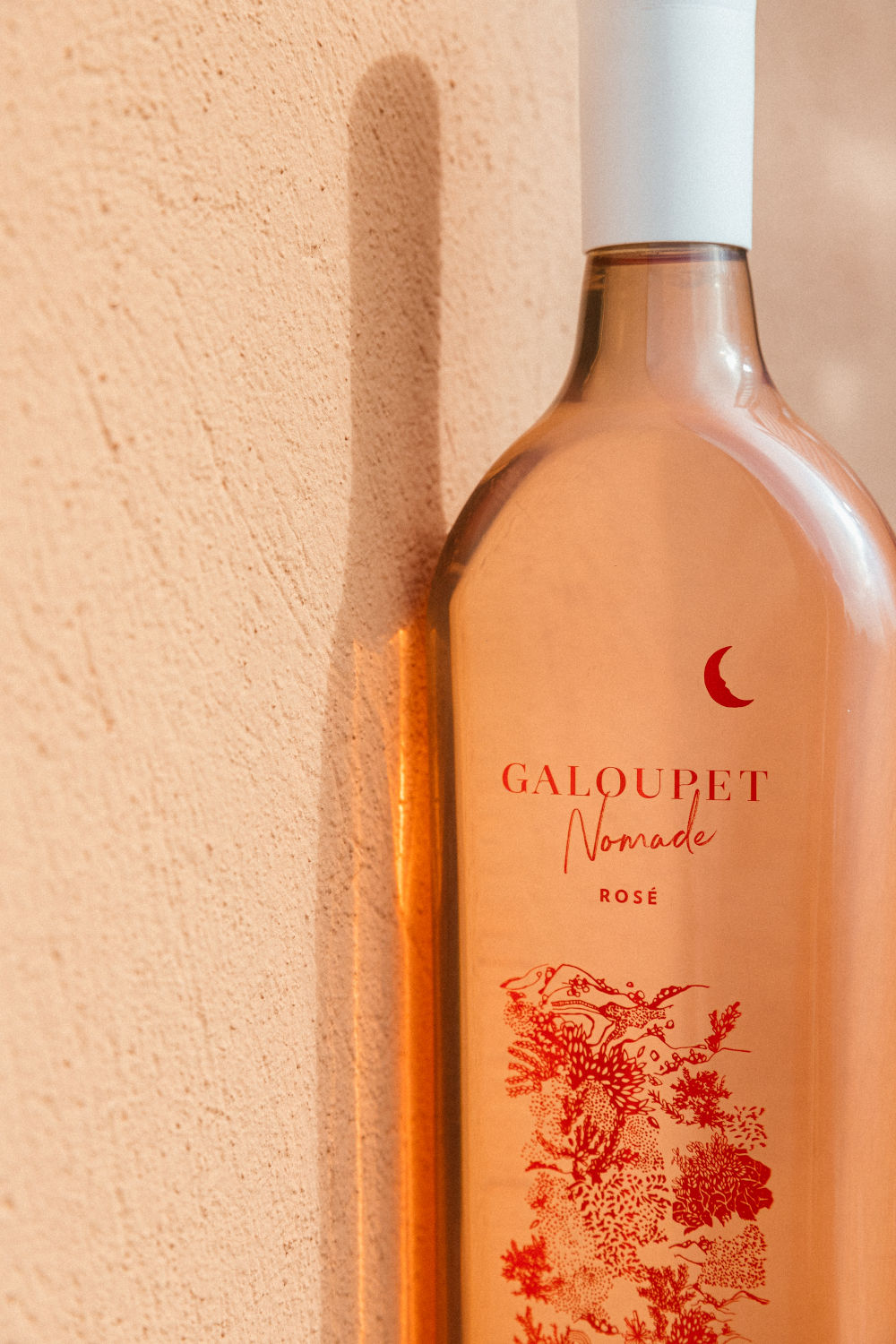
Nomade is the baby sister wine to the Cru Classé and is the first ever premium rosé to come in a flat, plastic bottle that is crying out for lazy summer days on a boat. A little more fruit forward than the Cru Classé, this pretty pink is packed full of ripe peach and melon flavours. Very easy drinking. Your top class aperitif rosé.
Find it for £23 from Clos19.com.
Domaines Ott
Domaines Ott are well known to be ‘the Godfathers of Provençal rosé’ as it was here that it all started, when Marcel Ott and his wife moved to Provence from Alsace in 1896 after a grand wine tour of the country. The vines of Provence had been decimated by the vine louse Phylloxera like so many others around Europe, but Marcel fell in love with the area anyway and land was cheap.
The Otts stayed and planted vines again, using grape varieties that were unusual for the area: Sémillon, Vermentino, Grenache, Cinsault and Syrah. Very quickly, Marcel built a reputation for his excellent, textural white wines and then just for something different, he began to make pink wines that were weighty and dry – more like the styles he was used to in Alsace and not at all like the (small amount of) rosé from Provence then, which was darker and sweet. T
his paler, drier style caught on as folk buying his whites tried his pinks and soon, it was clear that Marcel had pioneered a new style of fine, pale, dry rosé. Fun fact: Ott were also the first to use a skittle shaped bottle.
Try: Etoile by Domaines Ott, 2021
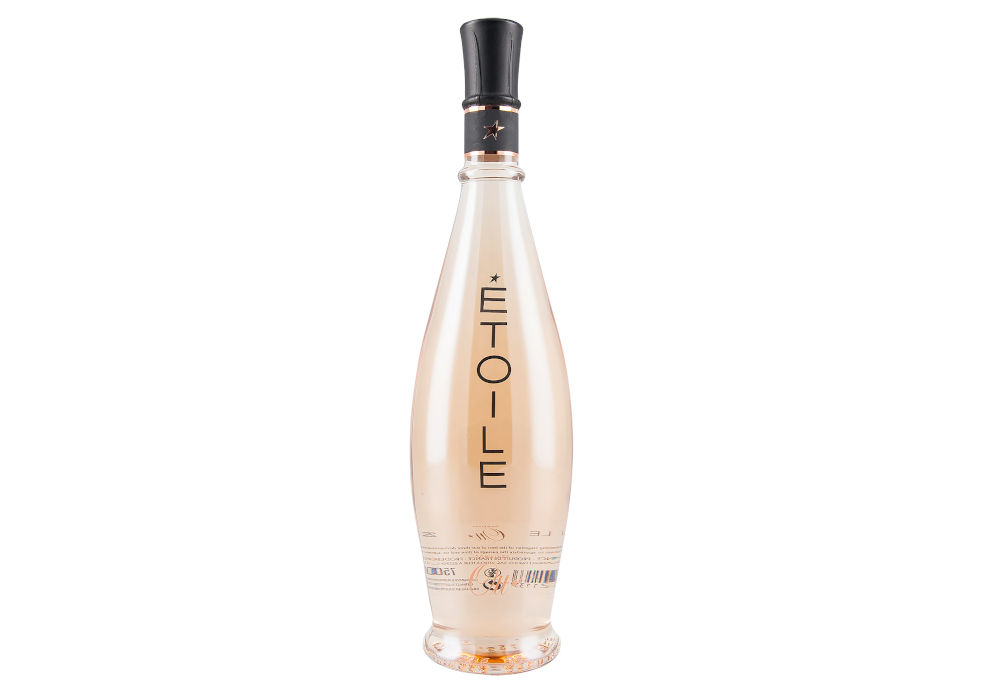
Today, Domaines Ott comprises three estates, each making distinctive wines in their own styles: Clos Mireille and Château de Selle in the Côtes de Provence appellation and Château Romassan in Bandol AOC.
Jean-François Ott, Marcel’s grandson who now runs the estate, had often thought about making the best possible wine he could by blending the best wines from all three estates, even though this is not allowed in current AOC rules. The result is Etoile: a limited edition, ‘Super Provence’ wine with no official appellation – but certainly an unofficial icon status. The 2021 vintage has a wonderful pink grapefruit freshness balanced by white peach notes and a saline core. Another textural, gastronomic rosé.
Find it for £110 at millesima.co.uk.
Also try: Chateau Romassan 2021
From their site in Bandol AOC, Romassan is led, like many other Bandol rosé wines, by the meaty Mourvèdre grape variety, making it a bold pink with noticeable structure and more savoury red fruit notes. A great rosé alone or with food, especially grilled meat.
Find it for £34.95 at Philglas & Swiggot.
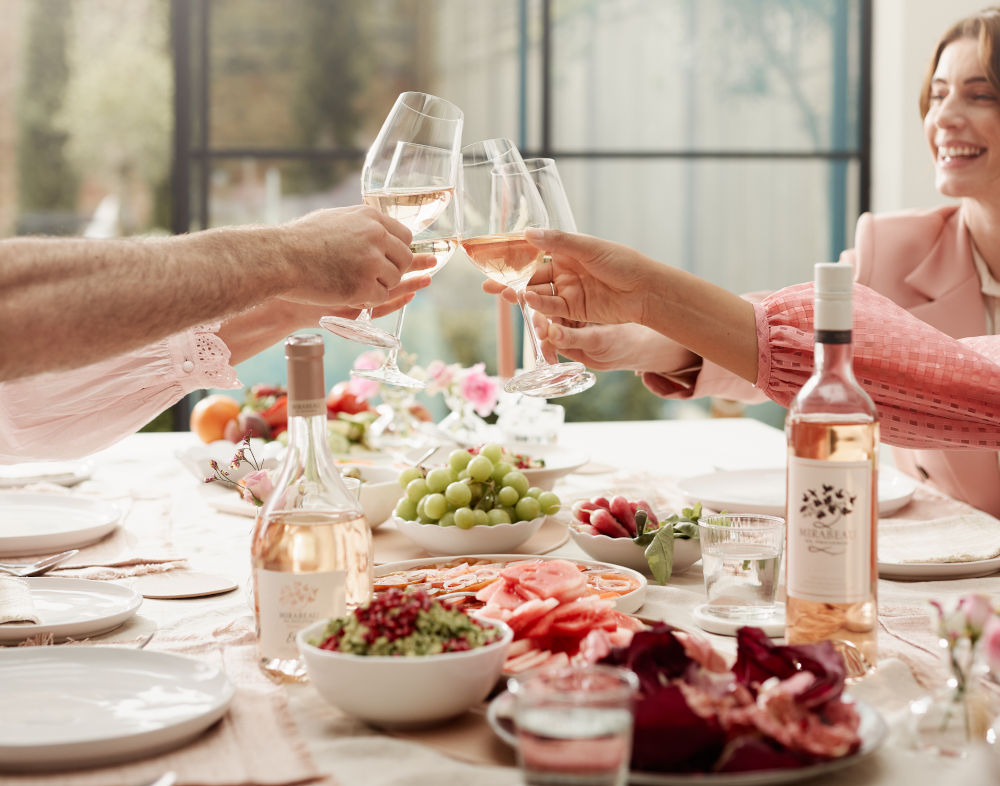
Maison Mirabeau
Mirabeau has captured the hearts of wine critics and wine lovers alike thanks to the fact that the brand is owned by the loveliest family who moved to Provence from London back in 2010 to live the dream and start a winery. It also helped that the wine was excellent. Fast forward fourteen years and Mirabeau is now one of the most loved rosé wine brands in the world, with over nine different iterations of bottled rosé including a sparkling version as well as wine in cans and a box.
They’ve also branched out recently and made their own Mediterranean gin and vermouth! If you’re ever in Cotignac, check out their stunning boutique, which offers the rosé lifestyle in spades with its artisanal products as well as tastings and events.
Try: Domaine Mirabeau La Réserve Rosé 2021
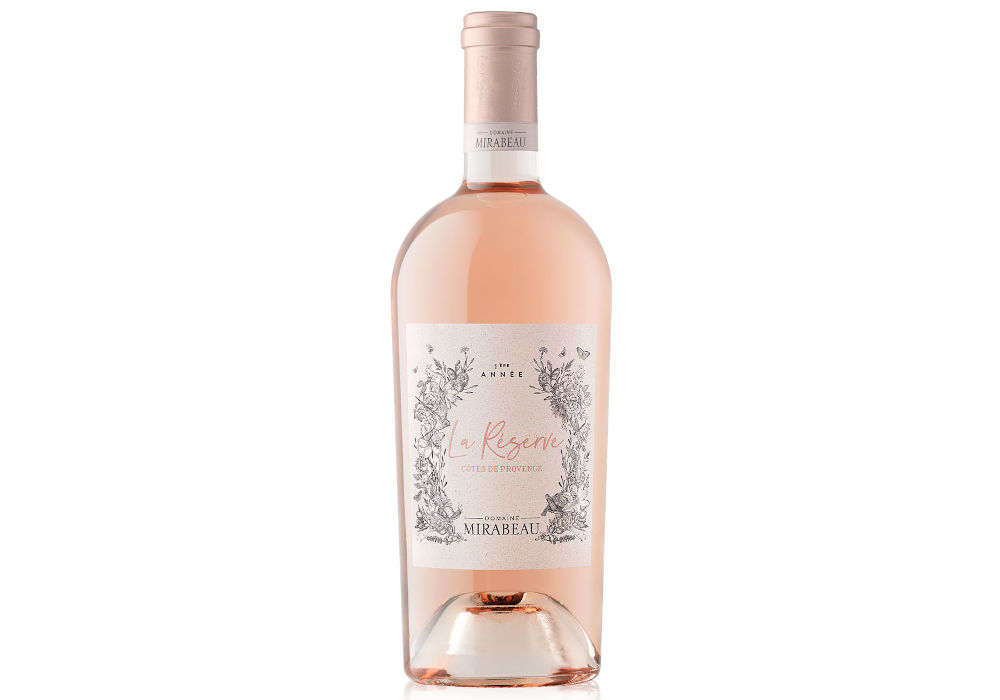
Where for their other wines, Stephen and Jeany Cronk have bought grapes from trusted partners, La Réserve is the very first rosé that they have ever made from their own estate, located in the foothills of the Maures mountains. A limited edition, this subtly complex, grapefruit scented, Grenache-led, gastronomic rosé wine is farmed using regenerative practices. The Cronks donate 50% of the profits from La Réserve to the Regenerative Viticulture Foundation, which is a foundation co-founded by Stephen to fund the research and sharing of information into this approach for prospective farmers and winemakers.
Find it for at at £25.99 at MaisonMirabeau.com.
Also try: Mirabeau Pure 2021
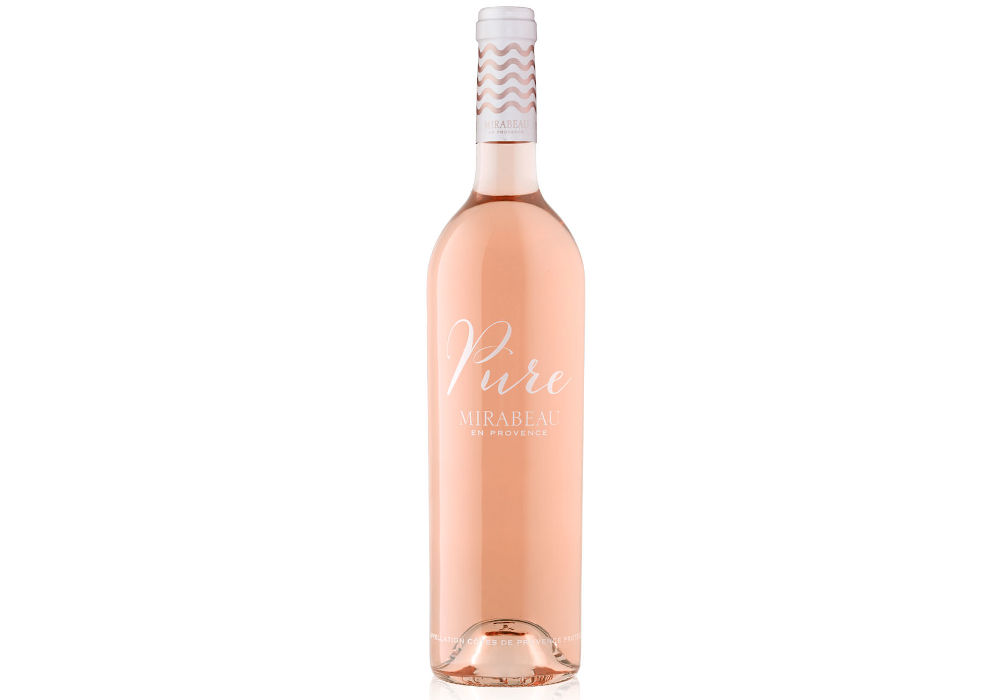
Mirabeau’s Pure looks as good in the bottle as it tastes with its effortlessly elegant style and palate of red berries with cream, a handful of local herbs and a spritz of orange peel. It’s long summer evenings by the beach in a glass. Cool and classy.
Find it for around £15.99 at Waitrose and Majestic.
Chateau D’Esclans
Located just northeast of St. Tropez, Chateau d’Esclans and its owner Sacha Lichine are often credited with starting the ‘Rosé Renaissance’ since Lichine took over the property in 2006. Most will know this producer for its flagship cuvée Whispering Angel, but there are other wines in the range including the famous Rock Angel and Garrus. Esclans put oak fermented, Provençal pink on the map – not for any oaky flavour as such, but for the texture that large oak barrels can bring to the wine. Since then, other winemakers have followed suit and the Provence style has evolved upwards.
Try: Garrus 2020
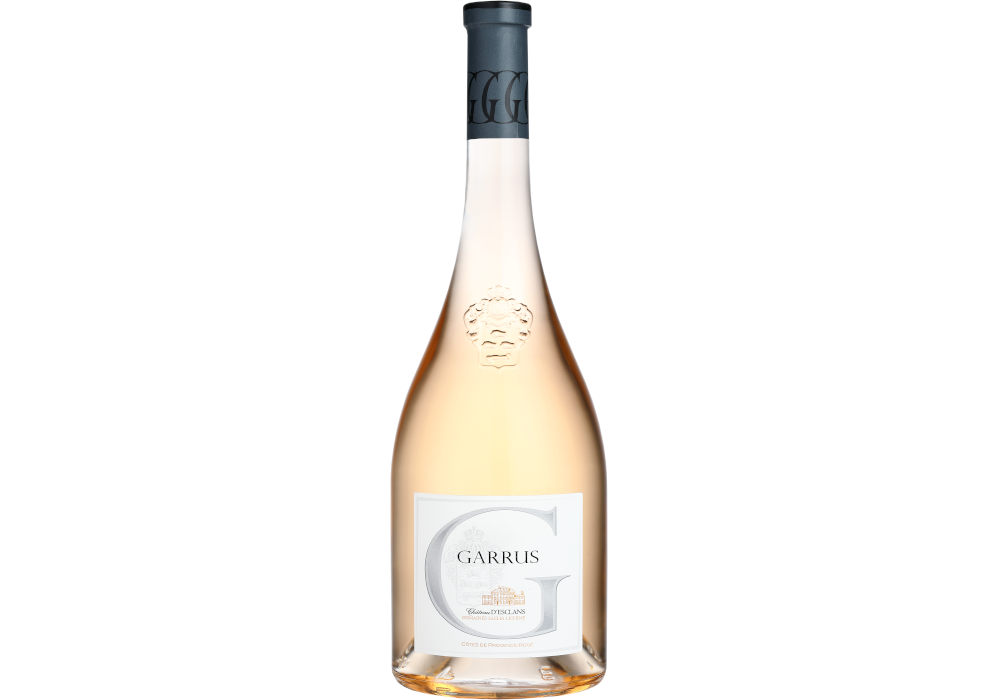
The original luxury rosé, Garrus was the first ever pink wine to hit three figures. It is considered to be Château d’Esclans’ finest wine, made from a single vineyard that is home to Grenache vines that are nearly 100 year-old. Entirely fermented and aged in new, large French oak barrels, Garrus is famously powerful, yet elegant – exactly what Sacha Lichine set out to do when he decided to make rosé a genuinely fine wine. Think pear tart with pineapple notes, a creamy texture and hint of baking spice on the finish.
Find it for £100 from Clos19.com.
Also try: The Pale by Sacha Lichine
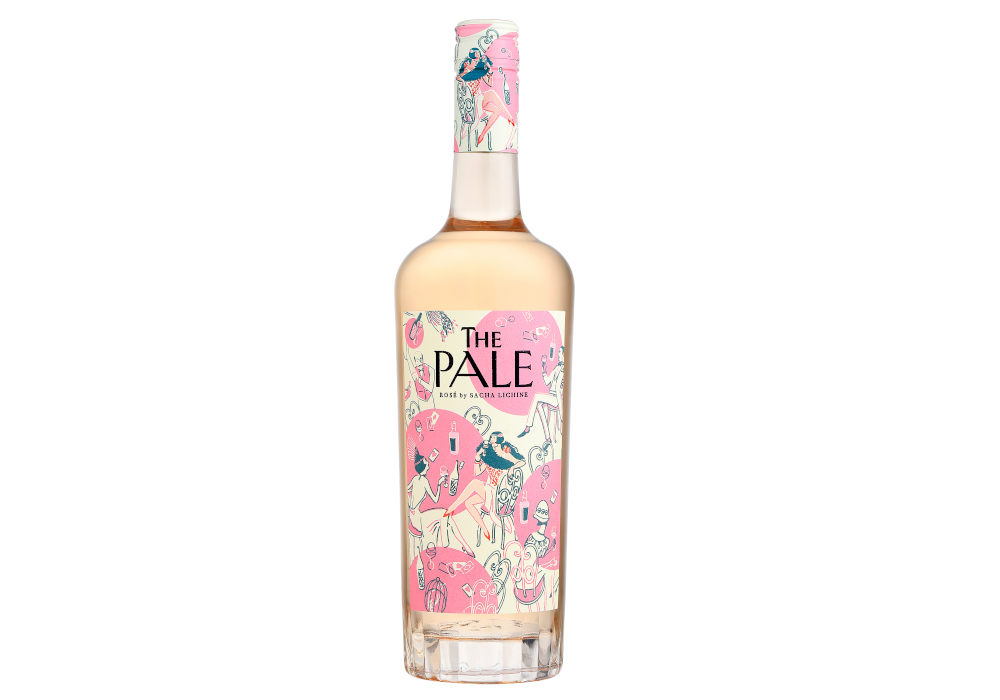
A great, accessible introduction to Lichine’s style of elegant, creamy rosé made with grapes hailing from the Var. An easy going pink with notes of white peach and pink grapefruit balancing a crisp salinity, it’s playful and delicious with fantastic label appeal too.
Find it for £11.99 mixed six price from Majestic.
Helena Nicklin is an award-winning drinks writer and broadcaster. You can follow her on social media @HelenaSips.






















